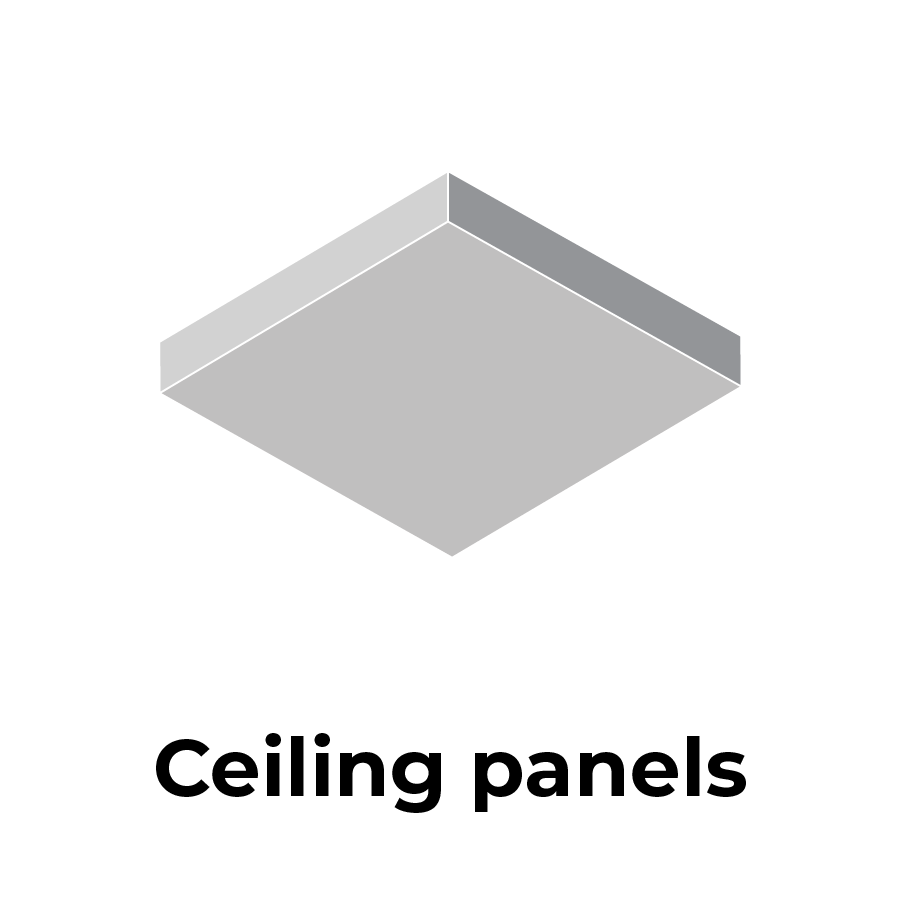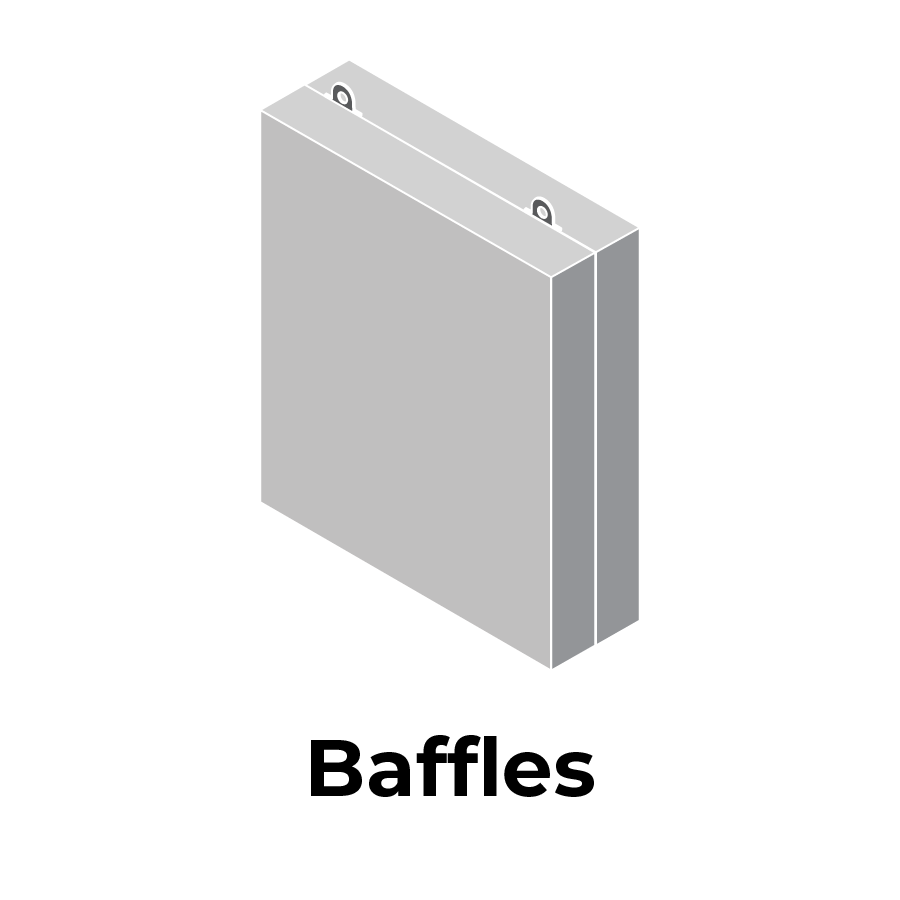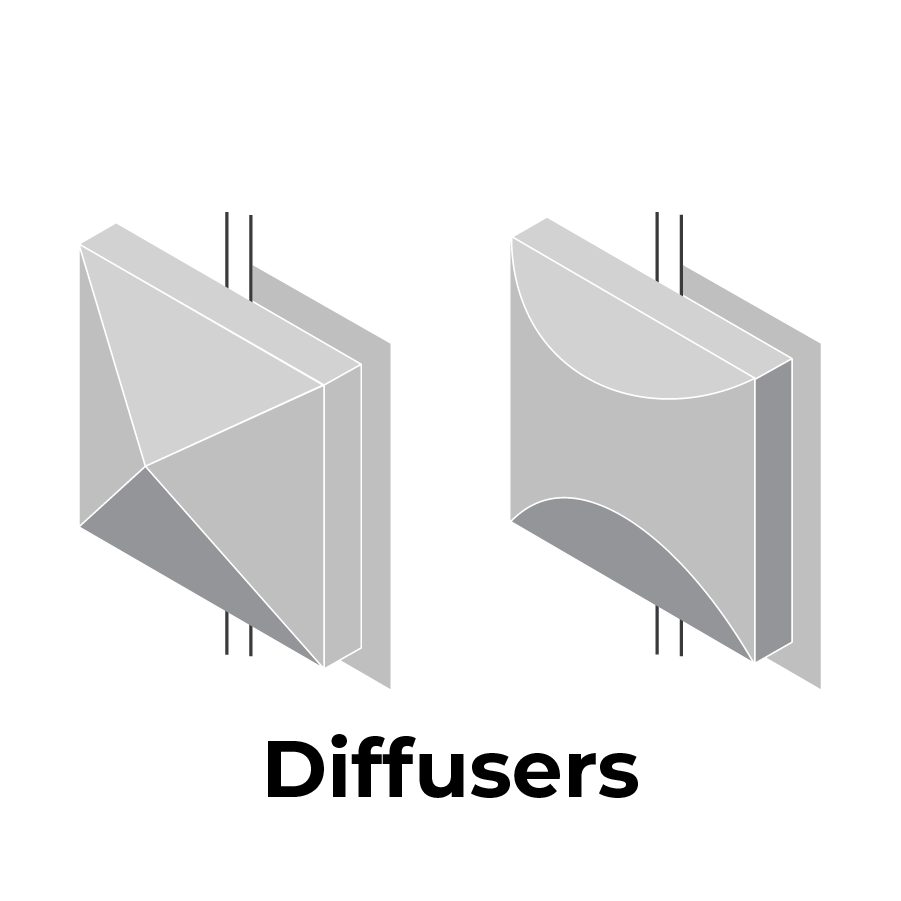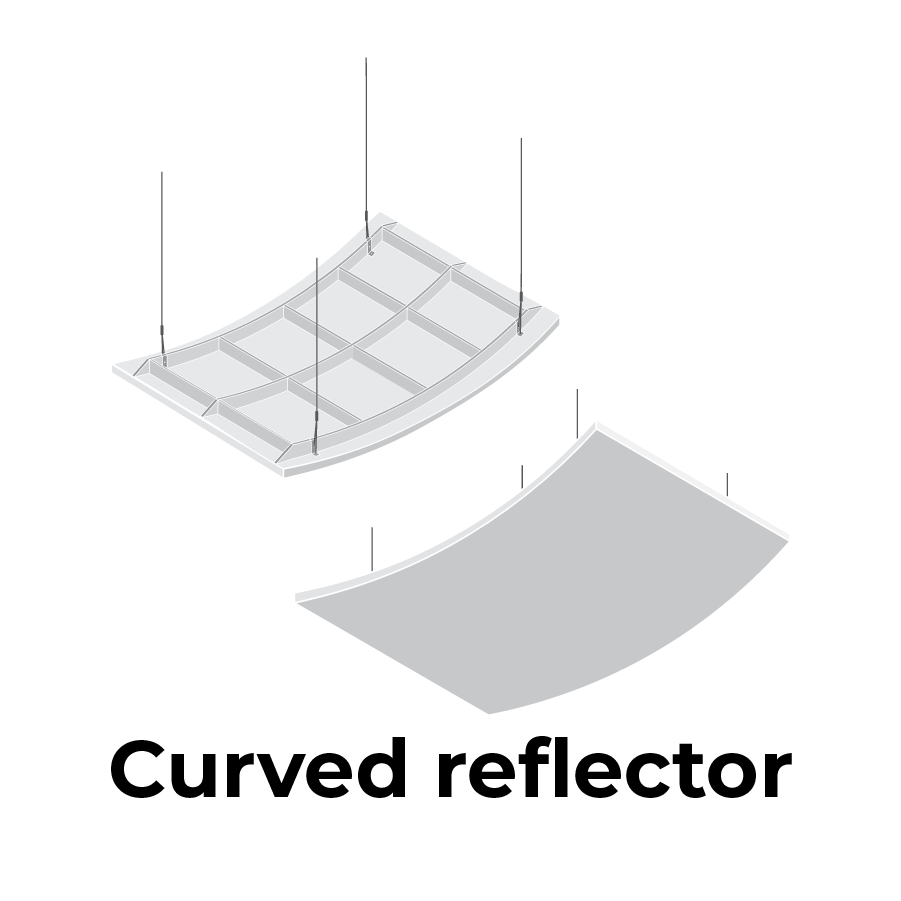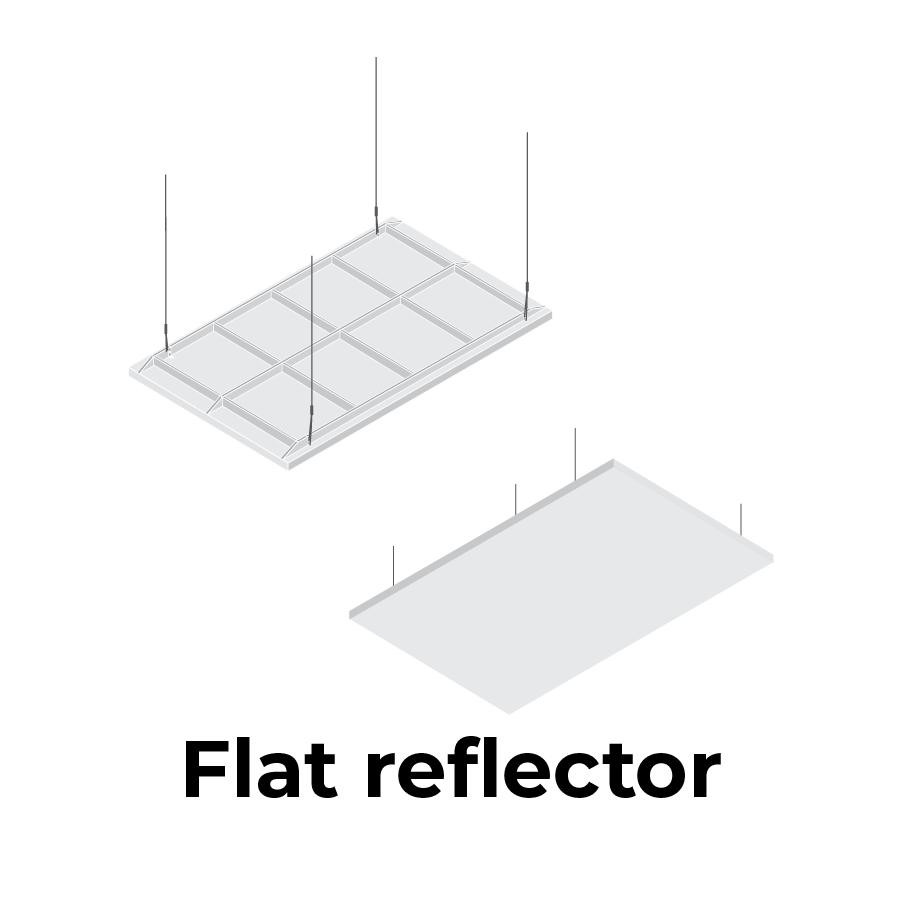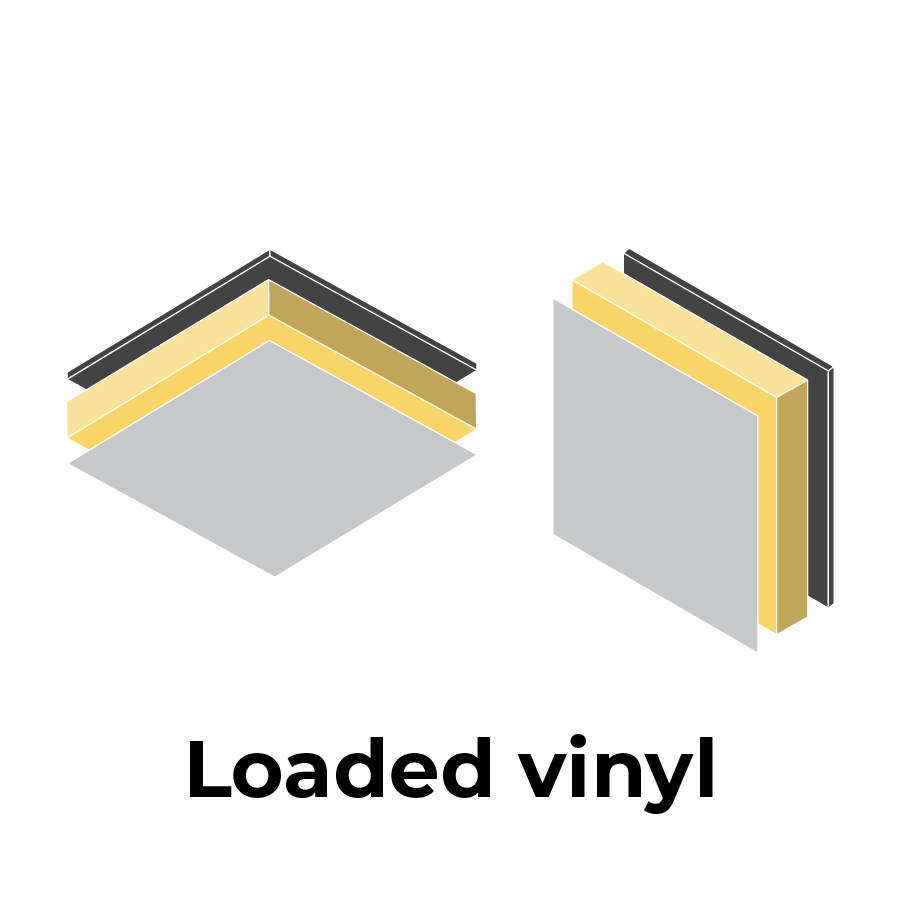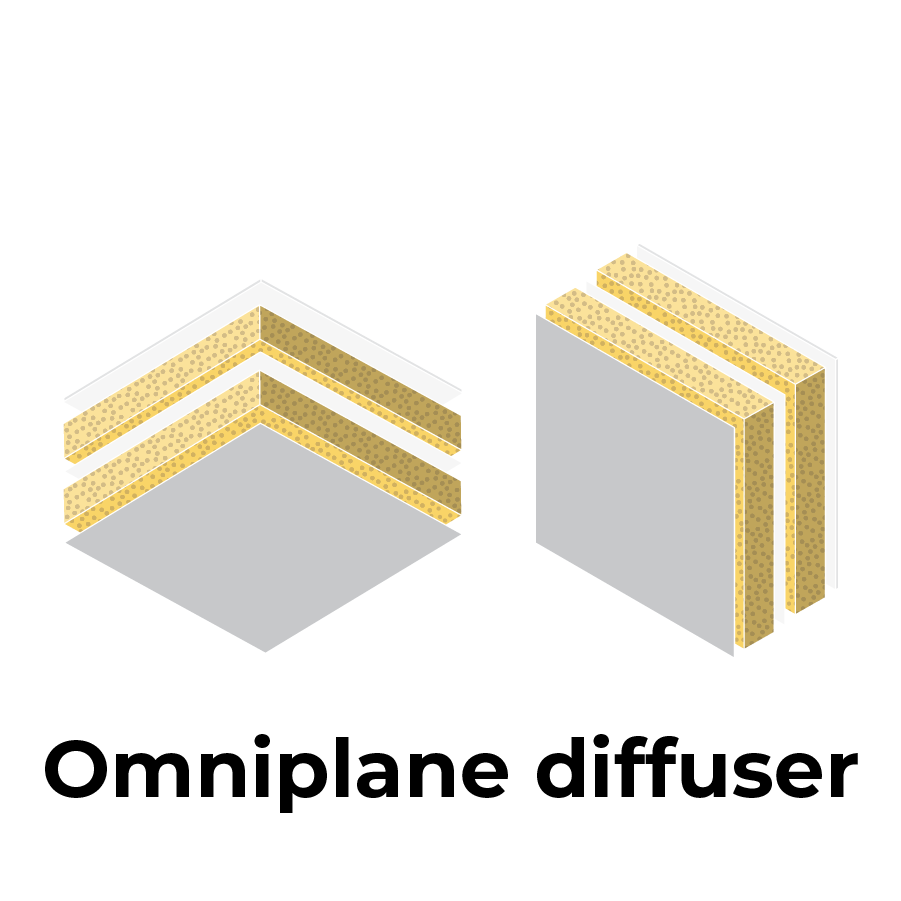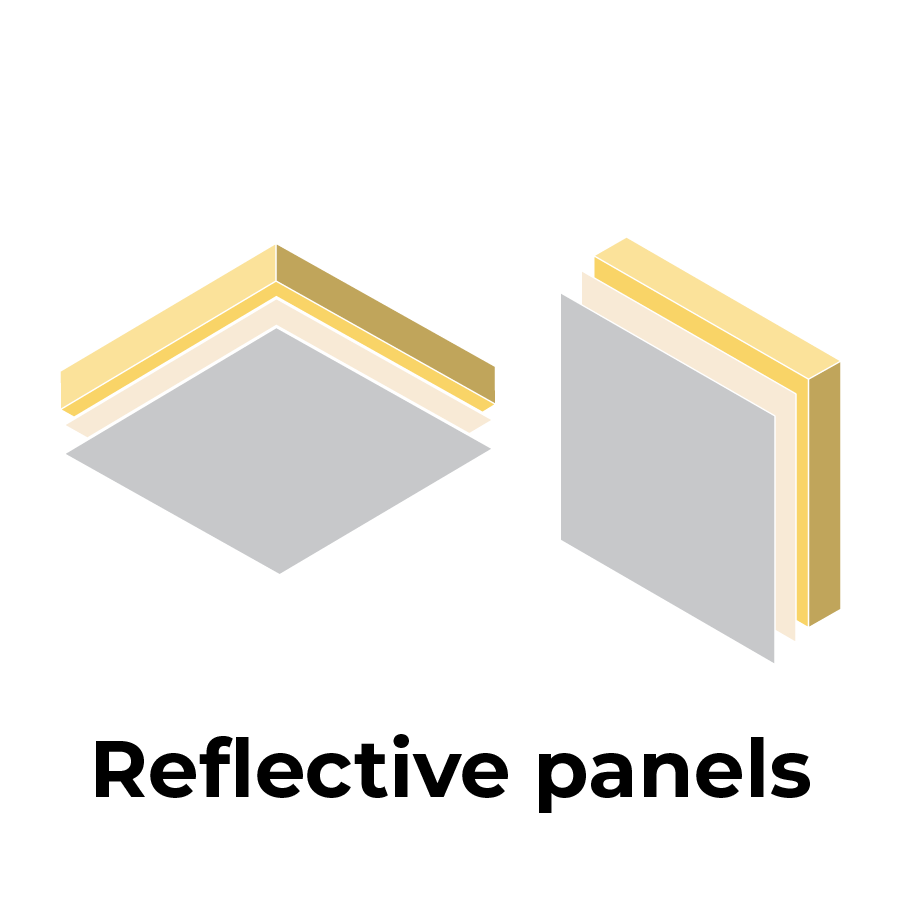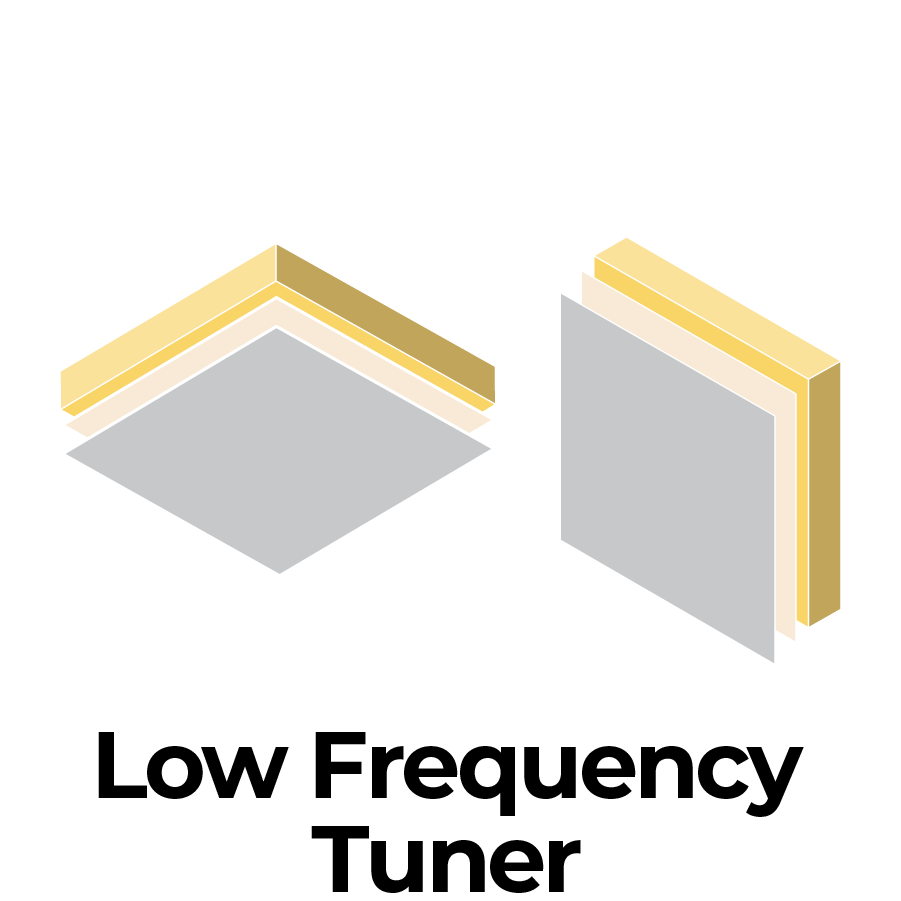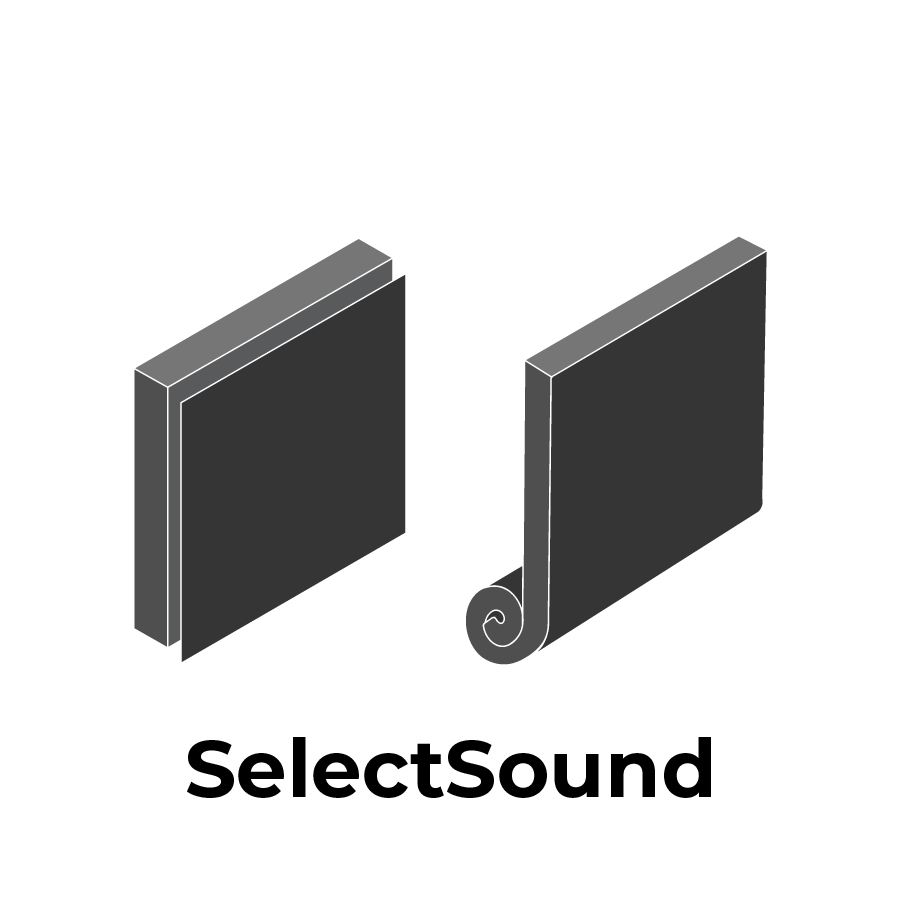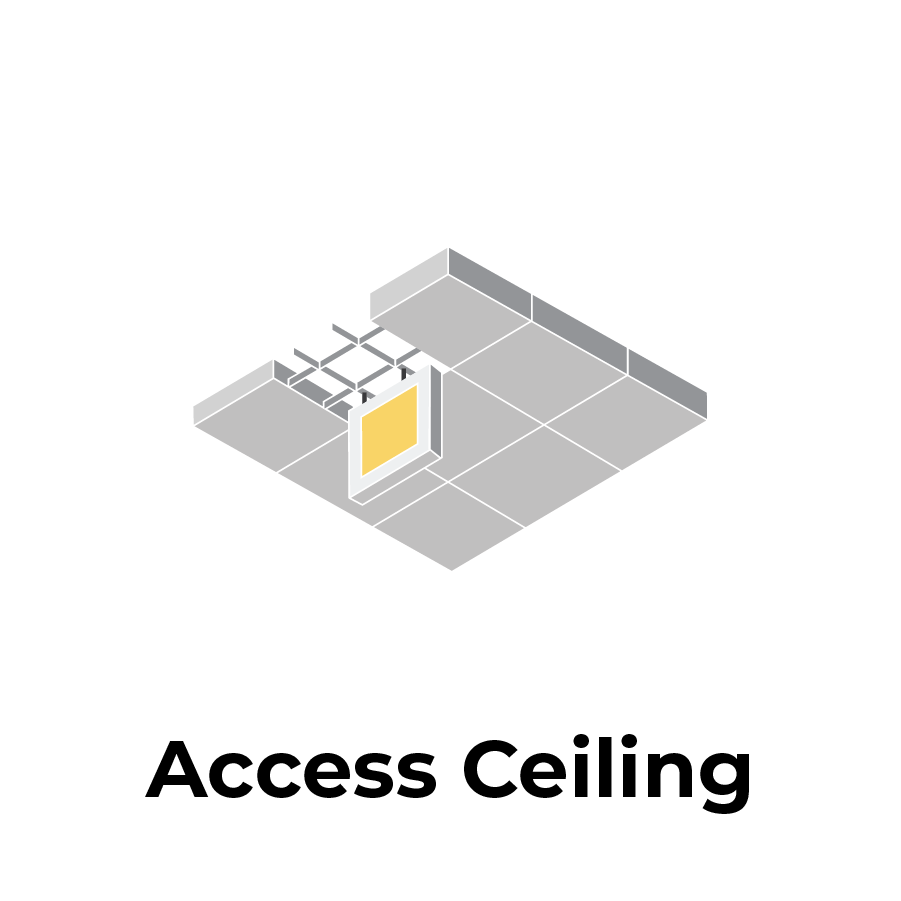Currently, daytime noise levels at hospitals are increasing by 0.38 decibels (dB) per year. During the evening, noise levels increase at a faster rate of 0.42 dB per year. Those numbers don’t seem dangerous, though, especially considering that daytime noise levels for patient areas is recommended at 35 dB. At this rate, it’ll take years to reach that! But the numbers aren’t starting from zero. Right now, they’re regularly exceeding 45 to 50 dB, with peak noise levels reaching 85 to 90 dB, or a sound pressure of 100,000 times that of the recommended limit.
Keeping noise levels below 35 dB is a hard ask. Comparative noise levels suggest that 35 dB is quieter than a library or a chirping bird. In hospitals, the battle against noise will always be a losing one. Loud alarms, equipment, and traffic in the hallway will always contribute to a hospital’s environment.
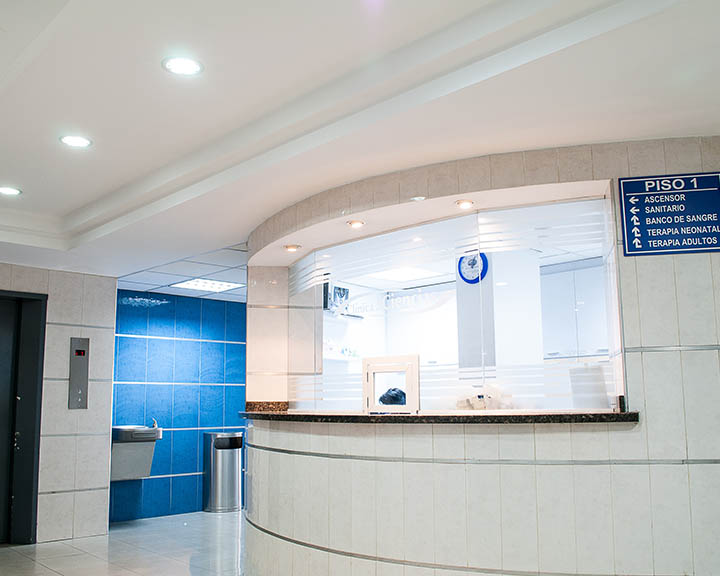
Patient’s Health
Still, surveys say that, on average, healthcare patients rank noise levels as one of their top five complaints. Tina Larsen, principal architect for Corgan, says that high noise levels elevate patient’s psychological and physiological stresses, which elevates blood pressure, heart rate, and perception of pain. She suggests that reducing noise levels makes patients easier to treat, which increases their chance for successful operations and recovery.
There are other concerns that CISCA outlines in their comprehensive study of healthcare acoustics. Exposure to loud noises during recovery can potentially lead to memory problems, irritation, and perceptions of isolation.
Likewise, rest is an essential component, and sleep disruption or deprivation, because of noise levels, negatively impacts a patient’s recovery. One study says that heart attack victims are especially sensitive to and impacted by loud noises, exhibited by a higher average pulse rate.
Working Conditions
Patients aren’t the only people who suffer because of high noise levels in healthcare buildings. Hospital workers also struggle. Like anyone, hospital workers hear directions clearer when there is less background noise. In the healthcare industry, there are frequent instances when a nurse or a secretary is across the room trying to listen for the status of a patient or procedure.
Likewise, working in loud environments means workers will be performing tasks with a higher opportunity for error. People work successfully in loud environments all the time, but constant background noise leads to a variety of problems. Loud noises make it more difficult to concentrate on a specific task. This makes mistakes more common. Also, as more noise creates higher levels of stress, workers are more susceptible to fatigue and nervousness.
Unlike other industries, speech intelligibility is critical in healthcare environments. Complicated procedures already provide a mountain of stressors to deal with. Adding a variable like poor noise quality or a loud environment can be the difference between a successful or unsuccessful operation.
Don’t take our word for it, though. E.E. Raymond reports in his article “Characterizing noise and perceived work environment in a neurological intensive care unit” from the Journal of the Acoustical Society of America that many nurses feel that noise negatively impacts their ability to perform their job. Irritation, fatigue, distractions, and tension headaches are cited as the main consequences of working in noisy conditions.
Privacy Concerns
Lastly, there is the concern that high noise levels will compromise a healthcare provider’s ability to keep the privacy of their patients. The Health Insurance Portability & Accountability Act (HIPAA) requires that healthcare providers keep their patient’s health information private. This includes medication, symptoms, and health conditions. By operating in an area where noise is easily transferred from room to room, this requirement can easily be breached.
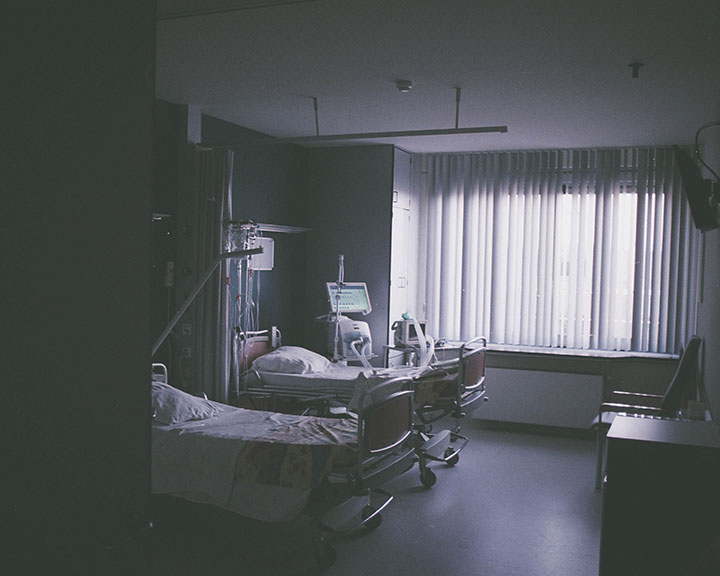
How to improve noise levels with healthcare acoustics
While noises aren’t going to be eliminated, there are steps you can take to reduce their volume and reverberation. Many hospitals have already taken steps towards this solution by using absorptive materials like acoustic panels.
In E.E. Raymond’s studies, he also recorded how patients react to sound-absorbtives. Overwhelmingly, it was shown that patients were more optimistic and had better attitudes concerning their treatment compared to those without healthcare acoustics.
Another study by Inger Hagerman from Karolinska University Hospital showed that reducing sound pressure levels by 5 dB can transform an environment. Both patients and nurses showed a more positive state of mind while using a quieter area. Patients displayed improved sleeping patterns, while nurses recorded that it felt less difficult to concentrate on their daily tasks and communicate with their co-workers.
Considerations to make when choosing healthcare acoustics options
Understanding how much acoustics can help, we suggest using materials that will reduce noise levels in healthcare settings. Carpets and rugs have the most absorptive materials but would be inefficient in a healthcare setting. Instead, there are other methods. Rubber flooring, sound-absorptive flooring, and sheet vinyl or sheet linoleum offer decent acoustics to limit noise transmission levels.
Elsewhere, there are abundant healthcare acoustics options that work well with absorbing sound. At Conwed, we sell wall panels, ceiling tile panels, and baffles, all of which have helped optimize healthcare facilities around the country.
NRC ratings
When selecting your healthcare acoustics, check the NRC value to ensure you are receiving a product that will improve your noise levels. As an acoustics’ NRC rating increases, its sound absorption improves. An acoustics product with an NRC rating of 1.0 perfectly absorbs sound, while an NRC rating of 0.0 indicates complete reflection of sound.
At Conwed, we test our products regularly to make sure they provide a quality that improves noise levels and reverberation. We are one of the few acoustics companies that measure these data points. Many others copy the NRC ratings from competitor brands. Due to this, there are a lot of facility managers disappointed with their speech intelligibility, even after they’ve installed acoustics in their building. To avoid this, ask for data sheets and test results when buying acoustics. Companies that have spent the time testing their acoustics will be happy to comply.
See for yourself
If you are interested in learning more, feel free to reach out to us at Conwed. Find your rep and see how you can improve your healthcare facility’s noise levels for your patients and your workers.


